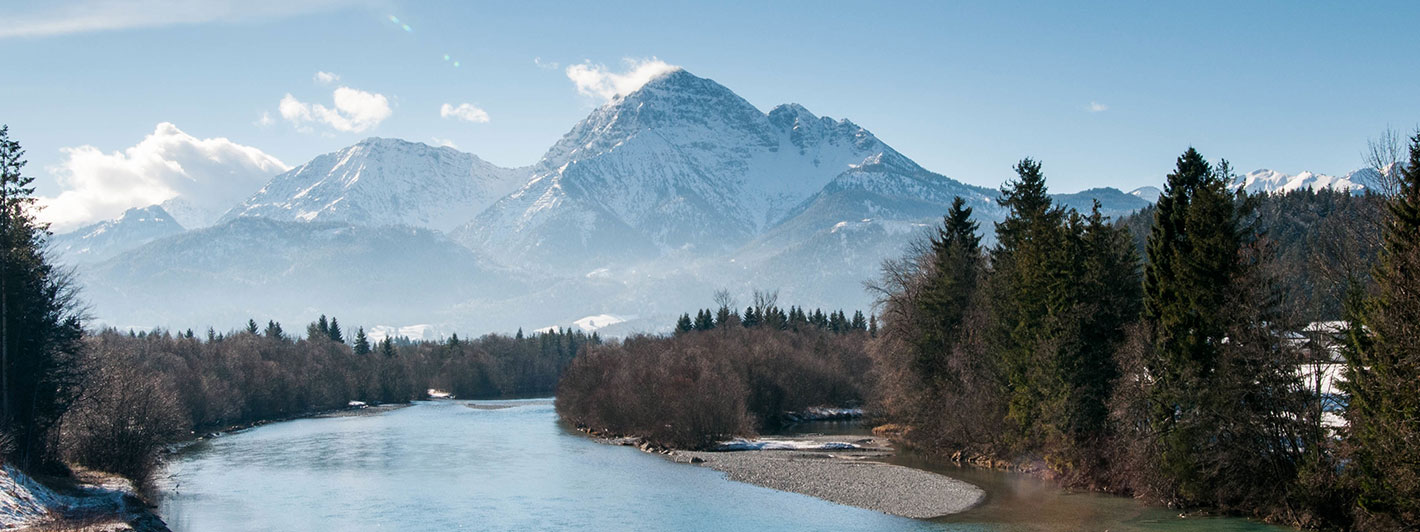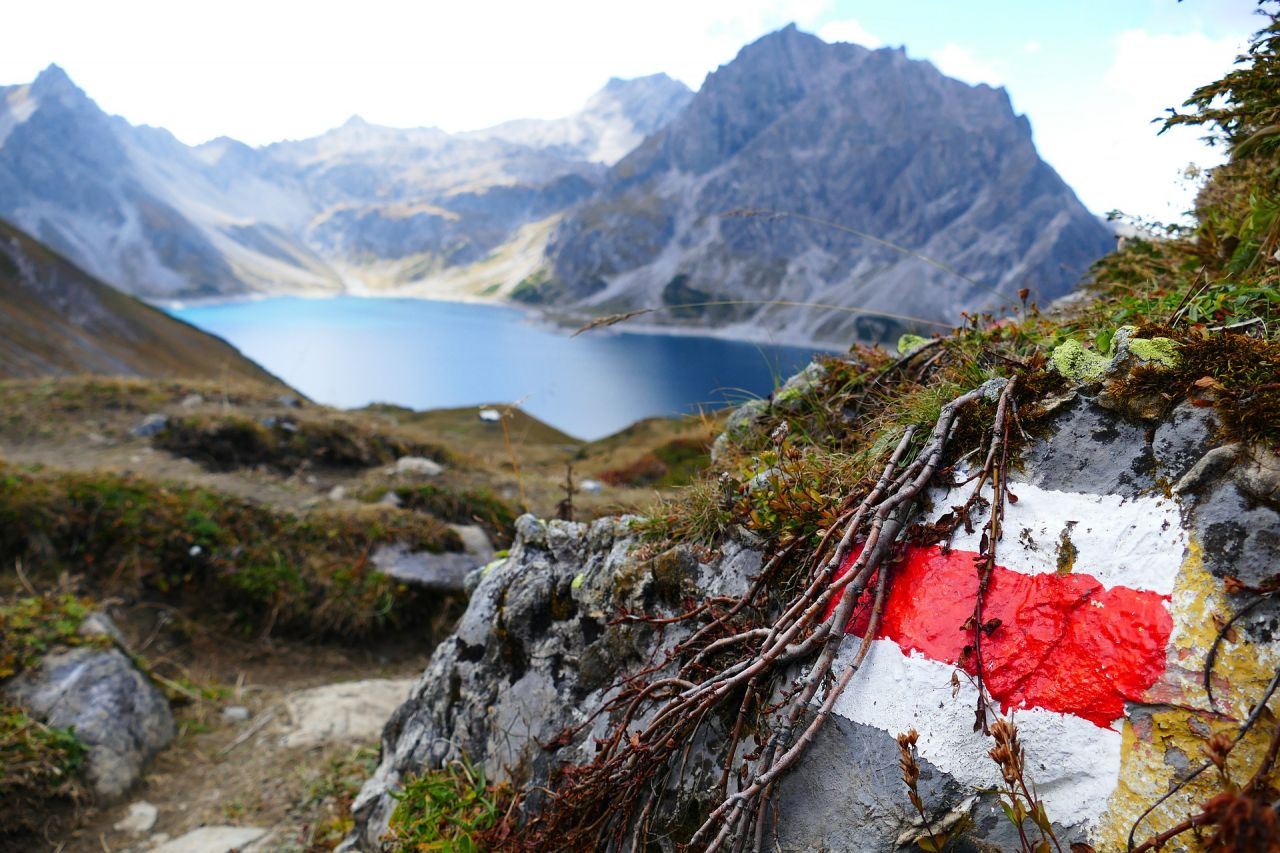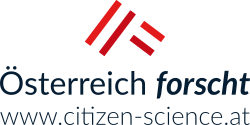Explore Citizen Science Projects
Welcome at Österreich forscht!
Here you can find everything about Citizen Science in Austria. In the future, it should be just as normal to work in a citizen science project as to be a member of an association, e. g. the voluntary fire brigade or a music ensemble. We want people to see science no longer as an elite programme, but as a process that affects all our lives, a process which is an important part of society and is worth understanding. However, the fun and enjoyment of research should not be neglected. We do not understand citizen science as an infotainment concept, but as a collaborative process through which new insights can be gained.
city-tree-soil
- plants
- land use
- water
- weather
In the City-Tree-Soil project, the Federal Research Centre for Forestry (BFW), the Federal Environment Agency (UBA), the University of Natural Resources and Life Sciences (BOKU) and the University of Innsbruck are investigating the growth conditions of urban trees in Vienna and Innsbruck. Citizen scientists (schools and the general public) are…
Phänologie - Naturkalender - Phenowatch
- food
- plants
- animals
- health
- weather
Since 1851, we have been researching the changes in weather, climate and nature and what this means for us humans by observing plants and animals. These phenological observations help, for example, in climate research, agriculture and pollen forecasting in order to better deal with climate change. What are the aims…
Vienna Kestrel
- animals
The kestrel is the most common raptor in the city of Vienna. Since 2010, the "Vienna Kestrel Project" has been investigating how these falcons have adapted to city life. A key component of our research is knowledge about nest locations which allow us to access broods for further investigation. The…
Young Citizen Science PolliDiversity
- health
- plants
- animals
- living together
In the PolliDiversity project, students explore flowering areas and observe pollinating insects like wild bees. Using digital tools, they collect scientific data and learn how to protect and experience biodiversity. What are the aims of the project? In the PolliDiversity project, students investigate the development of flowering areas using the…
Citree
- plants
- land use
With the Citizen Science Project "CITREE" a crowdsourcing instrument for monitoring the growth of urban trees, will be developed and used. It builds on the "Sparkling Science" project "Woody Woodpecker", which deals with the growth, structure and function of wood. Urban trees fulfill a variety of functions, such as improving…
Fire Database
- plants
- weather
- economy
- land use
- catastrophs
Since 2008, the Institute of Silviculture at BOKU University, Vienna, has been analyzing the occurrence, distribution, causes and characteristics of forest fires in Austria as part of various research projects. The data series spans several decades and includes around 8000 fires, of which around 7000 are forest fires. The last…
naturbeobachtung.at
- animals
- plants
- mushrooms
Since 2006, a wide variety of nature observations can be reported on naturbeobachtung.at. Specially designed reporting masks for various groups of animals, plants and fungi allow detailed entries. The reporters can, as far as possible, identify their observations taxonomically or report them as "undetermined species". The latter can then be…
Ural owl
- animals
Ural owl resettlement The resettlement of the Ural owl is led by a team of researchers headed by ornithologist Richard Zink at the Austrian Ornithological Centre at "Vetmeduni" Vienna. The goal is the "Come Back" of the big owl into the forests of Austria. A new occurrence in the alps…
The Psychological is Participatory
- health
- history
- politics
- culture
Counselling centres for women* are important institutions that have been founded since the 1980s by the second women's movement. In the project, researchers are conducting research together with counsellors and clients of Viennese women's* counselling centres. We are interested in the life stories of women* who seek help at counselling…
Biodiverciti
- plants
- animals
- land use
What role can you play in the biodiversity and climate crisis - in the familiar surroundings of your own garden? Citizen scientists implement biodiversity-enhancing measures in their garden, observe animals and plants and are analyzed how their attitudes and behaviors change. What are the aims of the project? BIODIVERCITI pursues…
City Nature Challenges in Austria
- plants
- fungi
- animals
Every observation counts! The City Nature Challenge (short: CNC) is an annual nature competition between regions that takes place in spring (usually at the end of April, beginning of May) and is held simultaneously in various cities and regions worldwide. On four consecutive days, people around the world document the…
BIOM-Garten
- animals
Monitoring of Amphibians and Reptiles in Austrian Gardens The BIOM-Garten project invites people of all ages to look out for amphibians and reptiles in their gardens and report their observations. This will help to fill gaps in existing monitoring and implement better conservation measures for these endangered animals. What are…





